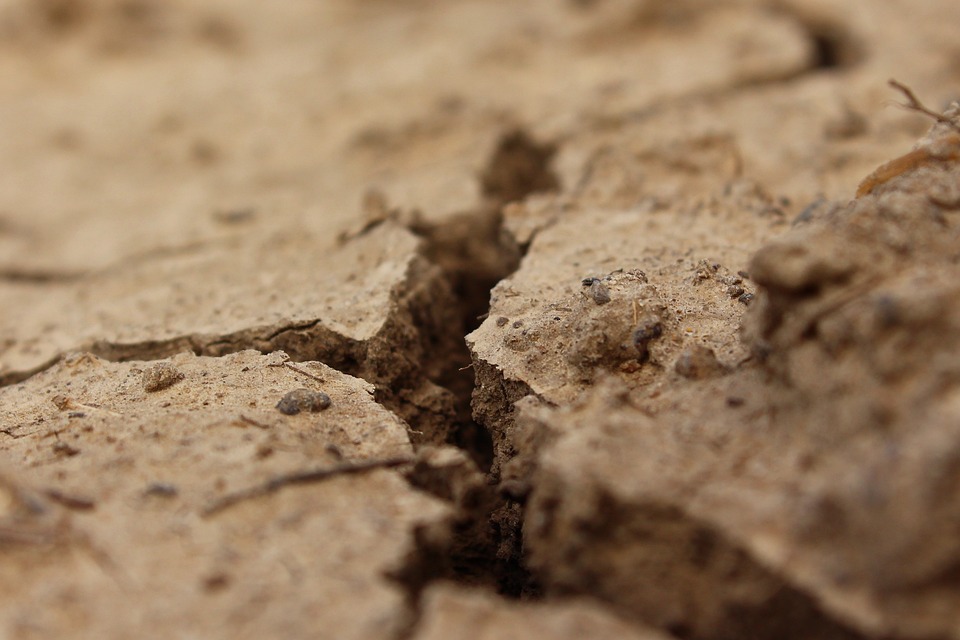Introduction
Healthy soil is the foundation for thriving plant growth and biodiversity.
Taking steps to nurture and improve the quality of your soil can significantly impact the health and productivity of your garden or farm.
In this article, we will explore key steps and practices that can help you promote healthy soil and foster a rich environment for your plants and the creatures that rely on them.
The Importance of Soil Health
Soil health is vital for the growth and development of plants.
A healthy soil ecosystem provides essential nutrients, water retention, and structural support for roots.
It also acts as a home for beneficial microbes, insects, and other organisms that contribute to plant growth and overall biodiversity.
By nurturing healthy soil, not only do you ensure the success of your plants, but you also support a thriving ecosystem.
Key Steps to Promote Soil Health
1. Add Organic Matter
One effective way to promote soil health is by adding organic matter.
Organic matter, such as compost, manure, or leaf litter, improves soil structure, enhances moisture retention, and provides a source of essential nutrients.
By incorporating organic matter into your soil, you create a favorable environment for beneficial soil organisms while enhancing its fertility.
2. Practice Crop Rotation
Crop rotation involves planting different crops in successive seasons or years to help break pest and disease cycles and maintain soil fertility.
By rotating crops, you reduce the risk of soil nutrient depletion, prevent the buildup of pests and diseases specific to certain crops, and promote a balanced soil ecosystem.
Consider grouping crops with similar nutrient needs together to maximize nutrient uptake and minimize nutrient imbalances.
3. Avoid Overuse of Chemical Fertilizers and Pesticides
While chemical fertilizers and pesticides may provide quick fixes to plant problems, overuse can harm soil health in the long term.
Synthetic fertilizers can disrupt the balance of soil microbes and contribute to nutrient runoff, while pesticides can kill beneficial insects and other organisms.
Instead, focus on using organic fertilizers and integrated pest management techniques that promote a healthy and diverse soil ecosystem.
4. Practice Mulching
Mulching is the process of covering the soil surface with organic materials, such as straw, bark, or leaves.
It helps to retain moisture, regulate soil temperature, suppress weed growth, and improve overall soil health.
Mulch also gradually breaks down, adding organic matter to the soil and providing a habitat for beneficial organisms.
5. Implement Cover Cropping
Cover cropping involves planting specific crops during fallow periods or between main crops to protect and improve the soil.
Cover crops, such as legumes, help fix nitrogen, reduce soil erosion, enhance soil structure, and increase organic matter content.
They also attract beneficial insects and provide habitat for soil organisms.
6. Minimize Soil Disturbance
Excessive tilling and soil disturbance can disrupt the natural soil structure and damage beneficial microorganisms, worms, and other organisms.
Instead, practice minimal tillage techniques, such as no-till or reduced tillage, to preserve soil structure, organic matter, and biodiversity.
As organisms thrive, they improve soil fertility and enhance its overall health.
FAQs Section
1. How often should I add organic matter to my soil?
The frequency of adding organic matter depends on various factors, such as soil type, climate, and the specific needs of your plants.
As a general guideline, consider adding compost or other organic materials annually or at the beginning of each planting season.
Regularly monitor your soil’s organic matter levels and adjust accordingly.
2. Will using organic fertilizers alone provide enough nutrients for my plants?
Organic fertilizers are a valuable source of nutrients, but their nutrient content may be lower and released more slowly compared to synthetic fertilizers.
To ensure your plants receive adequate nutrition, it is recommended to conduct a soil test to determine nutrient deficiencies and supplement with organic or slow-release fertilizers as needed.
3. Can I use cover crops in a small backyard garden?
Absolutely!
Cover crops can be utilized in gardens of all sizes, including small backyard plots.
Consider selecting cover crops that are suitable for your region, space, and specific needs.
You can easily incorporate cover cropping into your garden maintenance routines, benefiting the soil health and future plant growth.
4. Does mulching attract pests?
While it is possible that some pests may be attracted to the mulch, the benefits of mulching outweigh this potential drawback.
However, it is important to properly maintain the mulch layer, keeping it from becoming excessively thick and providing hiding places for pests.
Regularly monitor and address any pest issues that may arise.
5. Can I practice minimal tillage in raised beds?
Yes, minimal tillage techniques can be applied to raised beds as well.
By avoiding excessive disturbance and preserving the structure of the soil within the raised beds, you can enhance soil health, improve drainage, and promote beneficial soil organisms.




